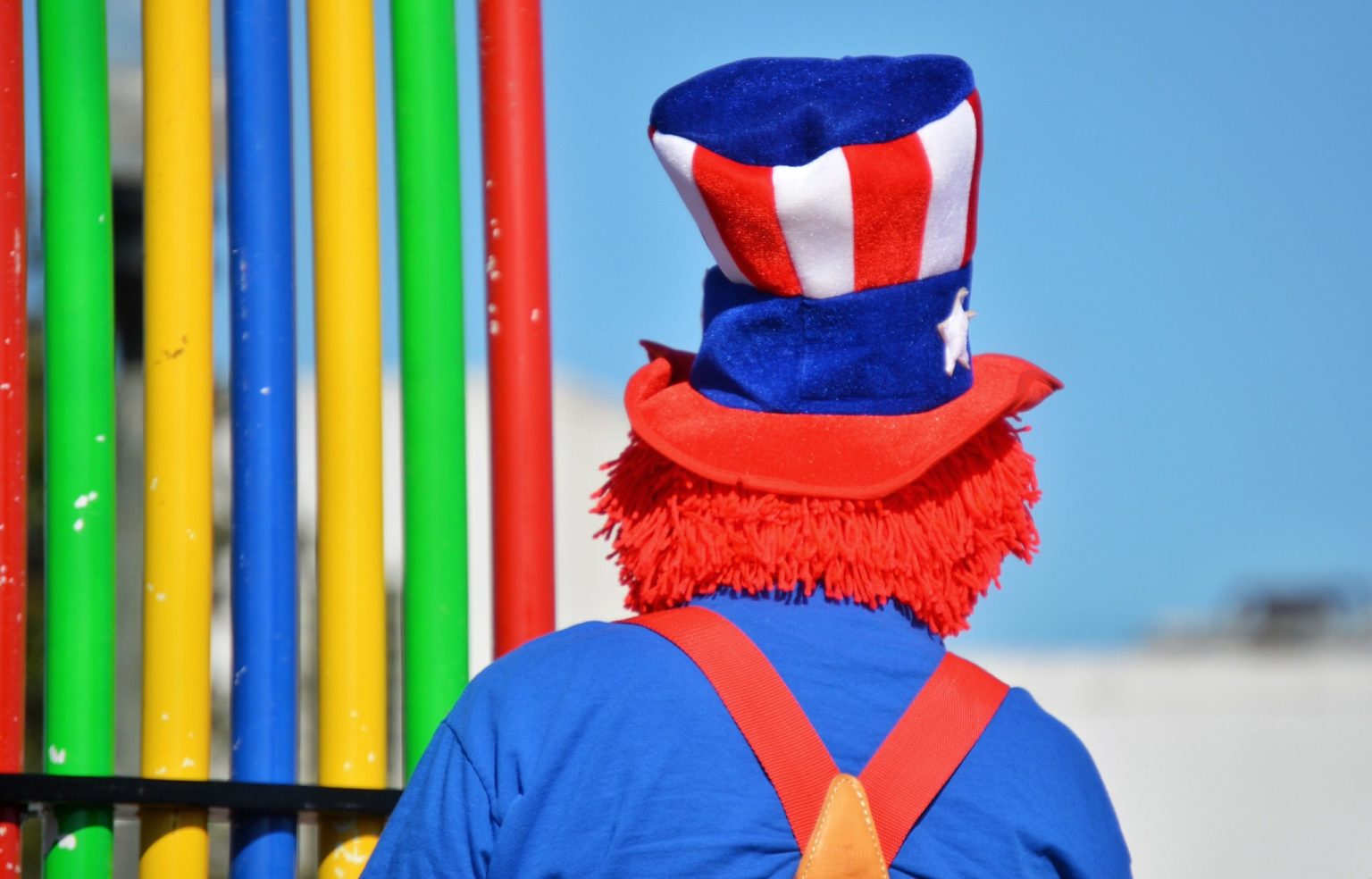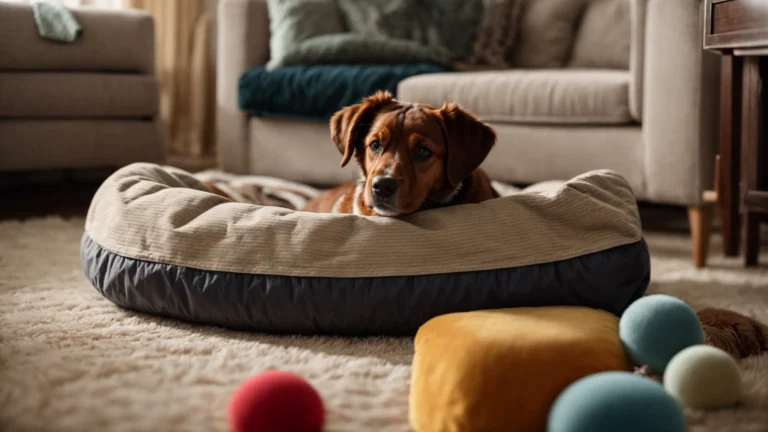Five Things About Clowns That Might Surprise You
Clowns have been with us for a very long time. Whether you’re watching them at the circus or hiring them to perform at your child’s birthday party, you’re sure to enjoy the experience more after learning these five things about clowns that you probably didn’t know.
Clowns exist in nearly every culture
We often have a stereotypical idea of what a clown should look like, but clowns of one type or another are present in almost every culture on earth. The earliest record we have of clowns comes from Egypt. Approximately 5,000 years ago, clowns performed in both ancient Egypt and in the Imperial Court of China.
Both ancient Greece and Rome had their clowns, and it was during this period that clowns became closely associated with masks. One of the most famous stock characters portrayed by Roman clowns was Stupidus, from whom we get our word “stupid”. The word “clown” itself comes from a Finnish word meaning “clumsy”.
Every clown is registered
At least every professional clown is registered. It’s not the person themselves, but the unique facial paint design that is copyrighted and registered. Today, many professional clowns have their faces painted on an egg and then registered.
Clowns International has a large collection of these eggs, and being on this registry is a dream for many professional clowns. On the egg or not, however, there are registers in every nation, and the system is a voluntary mark of professionalism.
Clowns provide comic relief
Today, this might seem to go without saying, but clowns weren’t always viewed as comedy entertainment. Ancient Roman and Italian clowns could be full of pathos or perform political commentary, and it wasn’t until clowns became associated with the circus that their role as comedians became firmly set.
Early circuses were dangerous places. Without modern safety equipment, high-flying acrobatic maneuvers and shows with wild animals could literally end in death; sometimes in the middle of a performance. Clowns were used to distracting the crowd and provide some relief from the tension.
Bozo the clown and children’s entertainment
In the ancient courts of Egypt or the streets of Rome, clowns were bawdy entertainers who mocked sex, alcohol, politicians, and other taboo subjects. But as clowns became closely associated with the circus, their role began to change.
Circuses were popular with kids, who grew accustomed to enjoying their hilarious antics. Through the 1960s, clowns moved fully into children’s entertainment. Pioneers of this change included Bozo the Clown with his popular TV show, and Ronald McDonald, the hamburger ambassador. Today, no children’s party is complete without party clowns!
Coulrophobia is a real thing
There are indeed people who experience coulrophobia, the fear of clowns. No one knows for certain why some people have this reaction. Some scientists theorize that the faces look human but not quite human enough, thus making some people feel fear rather than pleasure. Others believe it is because we have a harder time reading emotion on a painted face.
Whatever the reason, the best way to combat a fear of clowns is with pleasant exposure. The clowns that work to entertain children wouldn’t do what they do if they didn’t love children. In fact, clowns take their role so seriously that they have unofficial rules that most of them stick to, such as never drinking or smoking while in the outfit and never doing anything while wearing it that might reflect badly on clowns.
Clowns are an enduring cultural icon, and whether they’re performing in an imperial court or at a child’s birthday party, we’ll always have a soft spot in our hearts for them.






